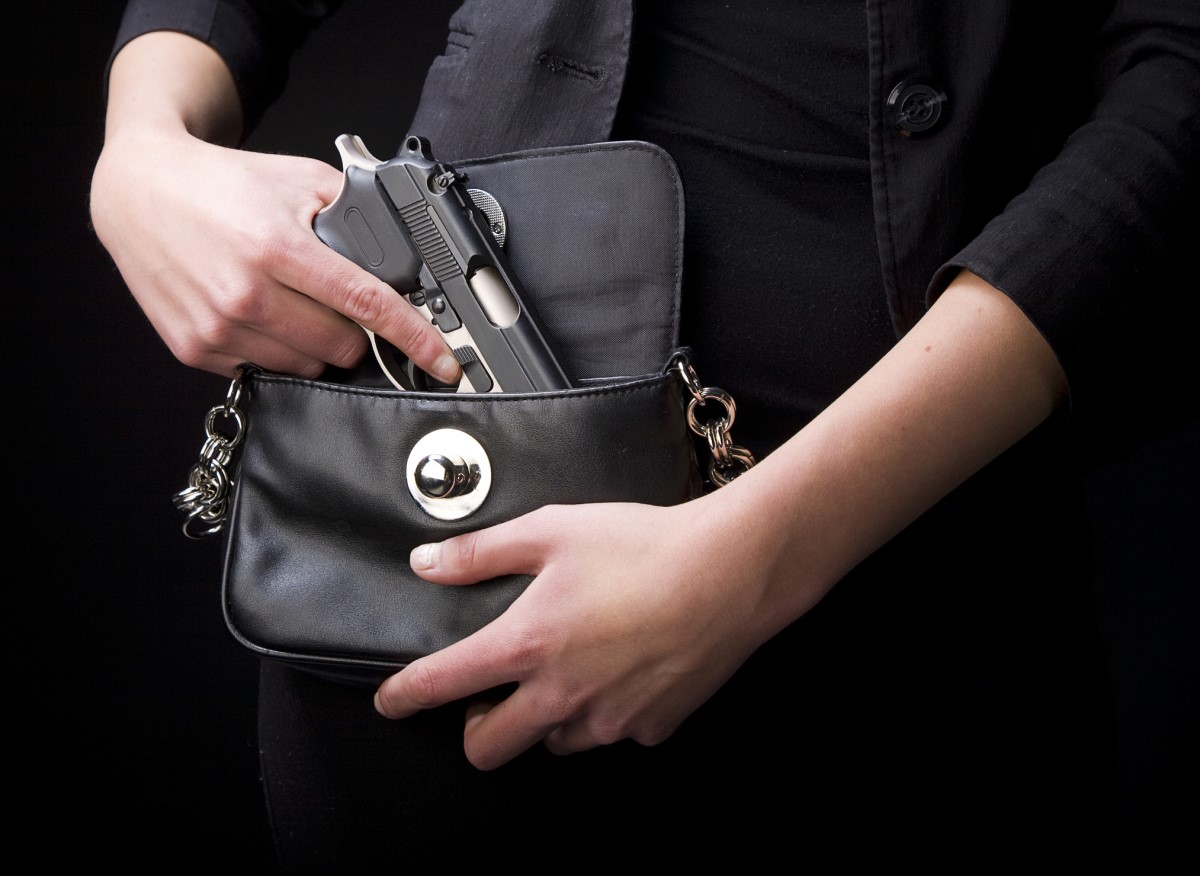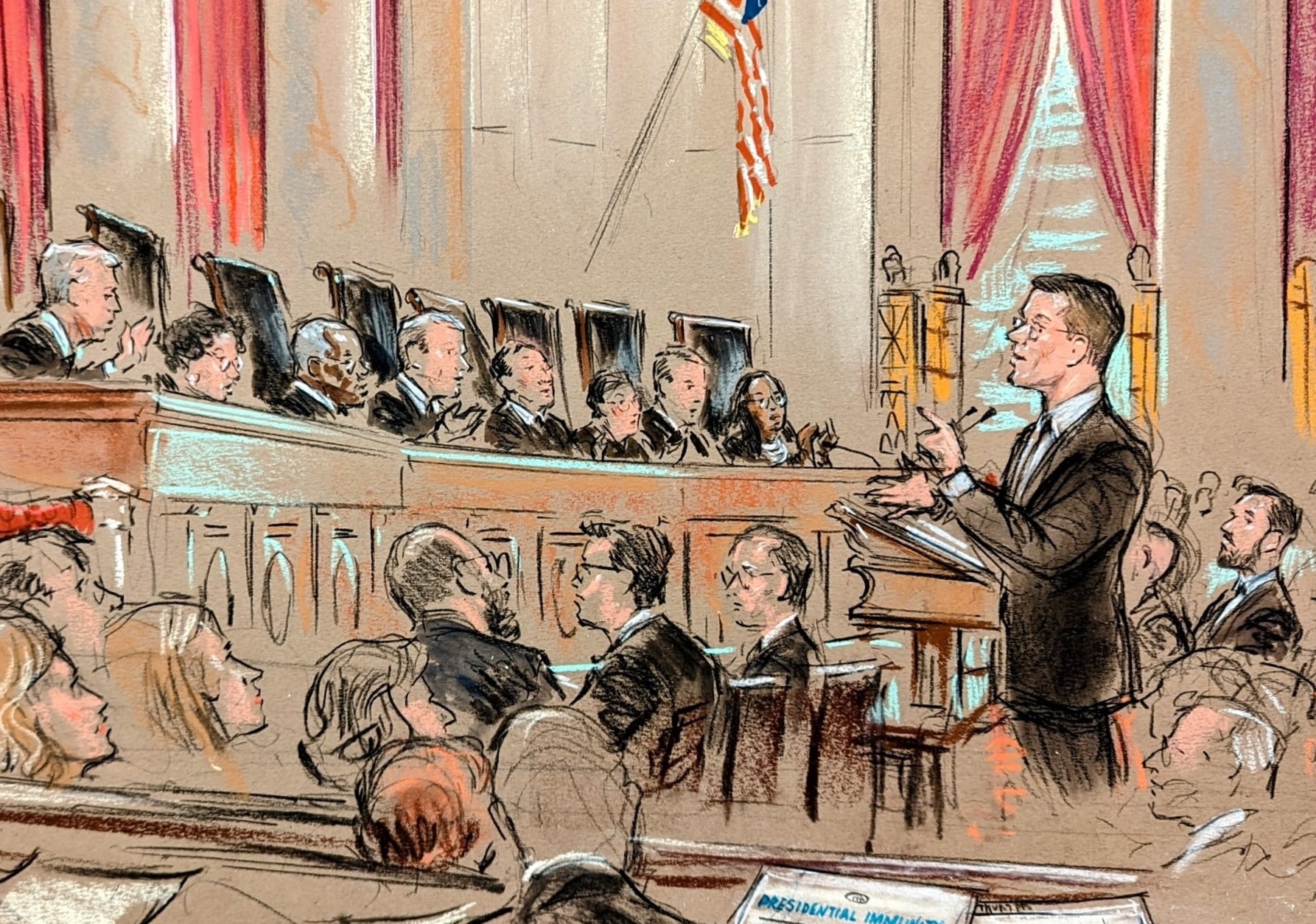The Bruen majority ignores decision’s empirical effects
SYMPOSIUM
on Jul 8, 2022
at 1:14 pm
This article is part of a symposium on the court’s decision in New York State Rifle & Pistol Association v. Bruen.
Lisa Vicens is a partner and Samuel Levander is an associate at Cleary Gottlieb Steen & Hamilton. Cleary Gottlieb attorneys Katherine C. Hughes, Rachel Polan, and Katerina Wright also contributed to this article. The authors are counsel to social scientists and public health researchers who submitted an amicus brief in support of New York, and they post this response on their behalf.
The Supreme Court’s decision in Bruen will have a detrimental effect on the safety and well-being of New Yorkers and Americans. As Justice Stephen Breyer acknowledged, and as we demonstrated in an amicus brief we submitted on behalf of social scientists and public health experts, leading social science research shows that “proper cause” regimes, like the one in New York, lead to lower rates of homicide and violent crime when compared to “shall issue” regimes. According to Professor John Donohue’s 2019 study that examined “shall issue” laws in 33 states between 1981 and 2007, these regimes were associated with a 13 to 15% increase in rates of violent crime after 10 years. A 2017 study led by Dr. Michael Siegel found that between 1991 and 2015, “shall issue” laws were significantly associated with 6.5% higher total homicide rates, 8.6% higher firearm homicide rates, and 10.6% higher handgun homicide rates. These are just a few examples; citing to our brief, Breyer’s dissent highlighted the 13 other empirical papers “from just the last few years linking [‘shall issue’] laws to higher violent crime.”
These studies are particularly relevant for densely populated states like New York. As Breyer rightly emphasized, states with “shall issue” regimes report increased lethality arising from road rage, unintentional shootings, and interactions with police officers. In fact, the most frequent occurrence each year involving crime and an armed law-abiding citizen is not “self-defense” ― the court’s ultimate justification for its decision ― but theft of that citizen’s gun, which occurs hundreds of thousands of times each year. This is particularly true for guns carried outside the home or stored in a vehicle, which are far more frequently lost and stolen.
The increased prevalence of guns outside the home increases the risk of violence in public places. As documented in Professor Donohue’s study, in a number of cases concealed-carry permit holders have increased the homicide toll by killing someone with whom they became angry over an insignificant issue, ranging from being asked to leave a bar, to texting on a phone in a theater, to playing loud music at a gas station. Other research has documented an association between permissive public carry licensing laws and increased violence, including an increase in workplace homicides. Simply put, the decision in Bruen will have significant and dangerous consequences for the safety of New Yorkers, including members of law enforcement who will now have to navigate a new set of obstacles in what is already an enormously challenging densely populated urban area.
Despite this abundance of instructive social science research, the majority in Bruen dismantled the existing framework for Second Amendment analysis and expressly rejected any role for contemporary empirical evidence, instead instructing lower courts to consider only “constitutional text and history.” (And while Justice Samuel Alito’s concurrence attempts to rely on such evidence to demonstrate the self-protective benefit of firearms, his opinion relies on sources that themselves acknowledge the weaknesses of those arguments.)
The majority’s rejection of empirical evidence in the Second Amendment context disregards decades of precedent where the Supreme Court has relied on such evidence in a variety of other contexts, including equal protection and freedom of speech. In Holder v. Humanitarian Law Project, the court instructed judges to accord deference to the legislature on empirical questions outside of the judiciary’s expertise; as explained in City of Los Angeles v. Alameda Books, this is because the legislature is in a “better position than the [j]udiciary to gather and evaluate data on local problems.” As Breyer aptly observed in Bruen, the majority relies “nearly exclusively on history,” but “[c]ourts are, after all, staffed by lawyers, not historians.” Judges are ill-equipped to “answer[] contested historical questions or apply[] those answers to resolve contemporary problems.” Federal courts across the country, however, will now be forced to revisit hundreds of cases concerning restrictions on the carrying and purchasing of firearms under this unworkable standard.
The Bruen majority insists that the Second Amendment is not a “second-class right” and it should be subject to the same body of rules as other constitutional rights. In avoiding a so-called “second-class” distinction, however, the court seems to have overshot its target such that Second Amendment rights are now in a class of their own. In the context of the 14th Amendment, the court in Fisher v. University of Texas at Austin considered demographic data and university enrollment statistics to assess whether a university admissions policy using race as one factor violated the right to equal protection. Likewise, in the context of the First Amendment, the court in Alameda Books held that the city of Los Angeles could rely on an empirical study it conducted to demonstrate an ordinance banning more than one adult entertainment business in the same building “serves its interest in reducing crime.”
Relatedly, the implication of the court’s decision is that empirical evidence is never relevant to the constitutionality of gun laws. Under the majority’s view, even if a regulating state could definitively demonstrate that one million lives could be saved by a particular firearm restriction, this would be irrelevant unless there is a “representative historical analogue” to that law.
Looking forward, the empirical data on “shall issue” regimes suggests states may confront an increase in violent crimes and homicides. Five other states (California, Hawaii, Maryland, Massachusetts, and New Jersey), which together constitute roughly a quarter of this country’s population, now have laws that are subject to challenge and may be struck down. These densely populated places must now ask: How do we keep our citizens safe knowing that the empirical evidence demonstrates that they are now in increased danger? The majority made clear that “the island of Manhattan” may not be declared a “sensitive place” ― such as a school or government building ― where the majority allows firearm restrictions to be enacted. New York, citing research from amici, has already responded by enacting landmark legislation to regulate firearms in “sensitive places” where the public safety interest is at its zenith, like the New York City subway.






